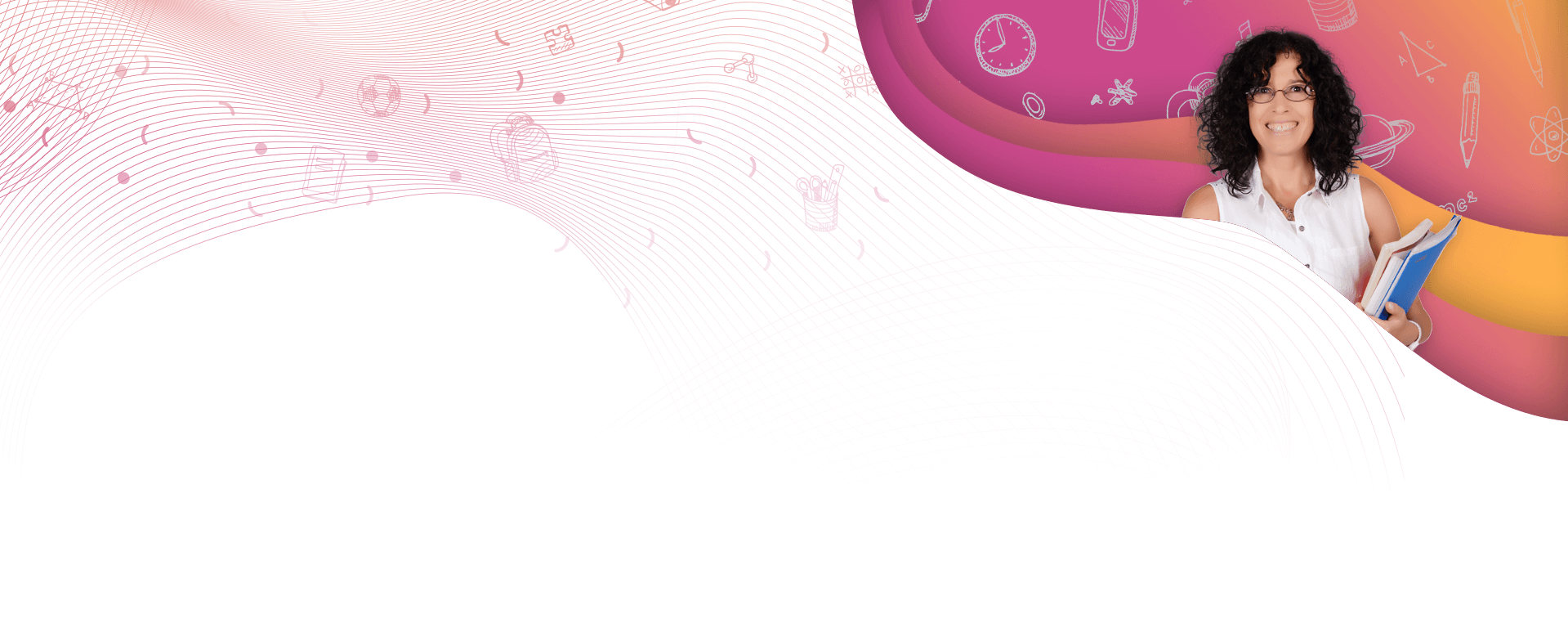
Transitions
Transition from an early childhood education and care setting to a primary school
Starting school is a significant milestone for children and their families. This can involve new routines, new friends, new skills, and longer separations from a parent than a child has had previously. Moving from one primary school to a new primary school can also involve changes to routines and friendships or social groups. Primary school involves lots of many smaller transitions across the day too. Children transition from recess or lunch to their classroom, from one class or learning activity to another, and from school to home. For children with disabilities and their families these changes can be particularly challenging.
On this page:

Supporting a child with the transition
A child with a disability may feel anxious about the upcoming changes. Below are a few strategies for teachers that may help a child with the transition:
Consider a child’s strengths and abilities when planning orientation activities
Support a child with separation anxiety
Read positive stories about school
- ‘Do activities allow a child who has a physical disability or is low or blind vision to join in?’
- ‘Have we included small groups or pairs for children who become anxious in large groups?’
- ‘How can we manage noise levels on the day?’
- Visit our anxiety page for evidence-based strategies for separation anxiety
- Visit our anxiety resource toolkit
- Talk with the child’s family to come up with suitable solutions for the child and their family

Transitions from a primary school to a new primary school
Many of the strategies that can help a child transition from an early childhood setting to primary school will also be relevant for transitioning between primary schools, including forming a Student Support Group, creating an Individual Education Plan, encouraging family input and supporting a child with the transition. A child with a disability may feel anxious about the upcoming changes. Some may be anxious about changes to routines and friendships, particularly if the change is occurring part-way through the school year. Below are a few additional strategies for teachers that may help a child with the transition:
Tell students what doesn’t change
Provide visual supports
Consider a peer buddy system or a safe person/space for students


